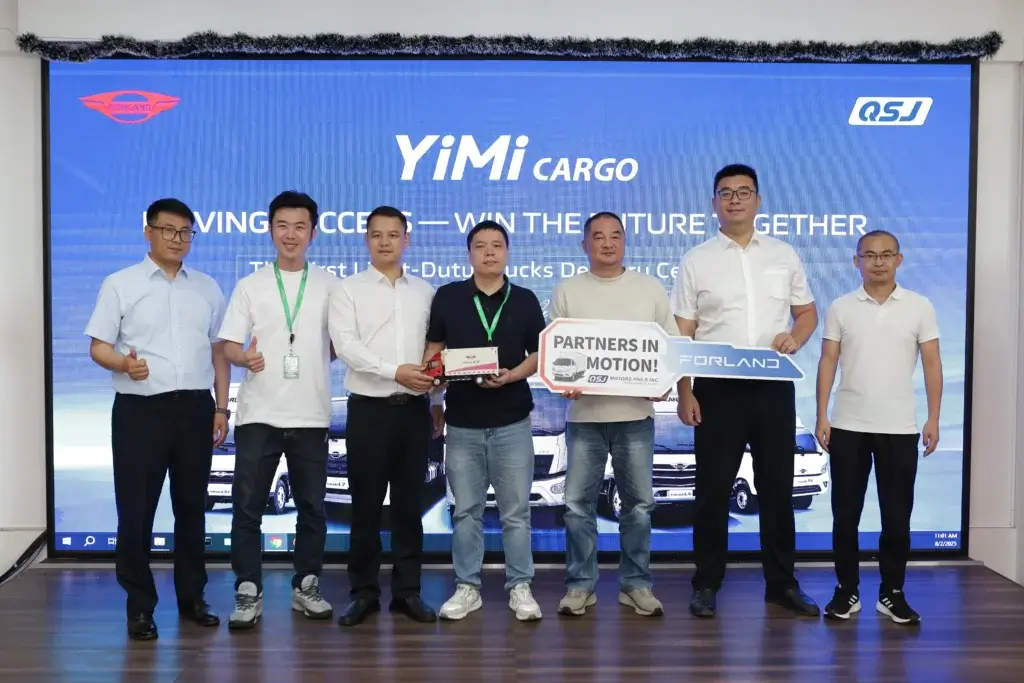The purchase of tires constitutes approx. 4 percent of the total operating costs of the vehicle. However, the condition of tires also affects the level of fuel consumption, which amounts to almost a quarter of the total cost. More and more truck and trailer owners decide to buy cheaper tires after “regeneration”.
The retreaded tires caught on in transport. All major tire manufacturers have certified retreading programs. No wonder, tires of this kind are much cheaper than the new ones: it takes three times less oil to retread the tire than to produce a new one.
Sixty years ago, Bandag technology was introduced. Established in 1957, the company was a pioneer in the commercial retreading process for truck tires. Today, it is still listed among the industry leaders. Over the past 60 years, Bandag has reinstated 300 million tires, saving 15 billion liters of oil. And there are many more “regeneration” programs for tires today.
In the West, more than 50 percent of truck tires are retreaded. Companies providing retreading services usually provide a 12-month warranty (some guarantee the 2/3 of the tread wear level). Still, many car users are not convinced.
Meanwhile, the tire manufacturers themselves confirm that these types of rubber are practically no different from the new ones. Furthermore, they provide the highest level of safety and performance on the road and also have an impact on the optimization of the economic use of the fleet. In their opinion, in some respects retreaded tires win with new ones. A research conducted on the initiative of Michelin has shown that the same car equipped with retreaded tires burns less, and is also quieter than a car equipped with new tires. In addition, new tire manufacturers themselves entered a tire retreading industry.
Retreading process
The first step in the retreading process is a reliable assessment of the condition of a tire. Modern treadmills have a qualified group of classifiers. They are people trained in the inspection of carcasses (tire bodies) and their qualifications for further production or utilization. Visual assessment is just the first step: is the tire suitable for retreading or not? X-ray (using a shearograph) is an important process in the professional treadmill assessment of the tire casing and gives a complete, detailed image which shows defects that cannot be identified by making only a visual assessment.
A retreaded tire is often less than half the size of a new one, with more than three-quarters of the old substance being re-used. Almost all tires currently offered for sale are suitable for retreading, and every branded manufacturer offers tires of this type: Bridgestone – Bandag, Goodyear – Qualitread, Continental – ContiRe, Michelin – Remix, Pirelli – Novatec.
For a retreaded tire to be a full-value product it should meet several conditions. First of all, the casing cannot be too old and too worn. Secondly, the retreading must be made by a company with appropriate technology and equipment. In practice, the carcass must have a maximum of 5 years (without repairs, without a damaged steel cord, preferably a tire from the Premium group), it must also be well-prepared for retreading (roughening, replenishing cavities). Some are even more rigorous. Some companies require that the tires are no older than 4 years with visible tread pattern in order to be retreaded (to renew the tire it is necessary to keep at least 2-3 mm of the tread).
There are two methods of retreading: Precure “cold” and hot. The cold retreading method involves roughening the tire and gluing the new tread belt along with rebuilding the tire shoulder during the vulcanization process.
Cold retreading is not too complicated. Vulcanisation takes place using an autoclave and by proper selection of temperature and time in which the carcass and the new tread belt are vulcanized (customers can choose ready-made treads of the most popular tire manufacturers, which are applied entirely to the pre-prepared tire base).
The process of hot retreading is a much more technologically advanced and therefore requires large financial resources and greater technical knowledge.
A harsh rubber compound is applied to the previously prepared carcass. The tire prepared in this way is then placed in a vulcanizing press, where the tread pattern is pressed out. A high pressure (about 8 bar) and temperature (about 150°C) are necessary to perform this treatment.
Photo: Wikimedia.org



